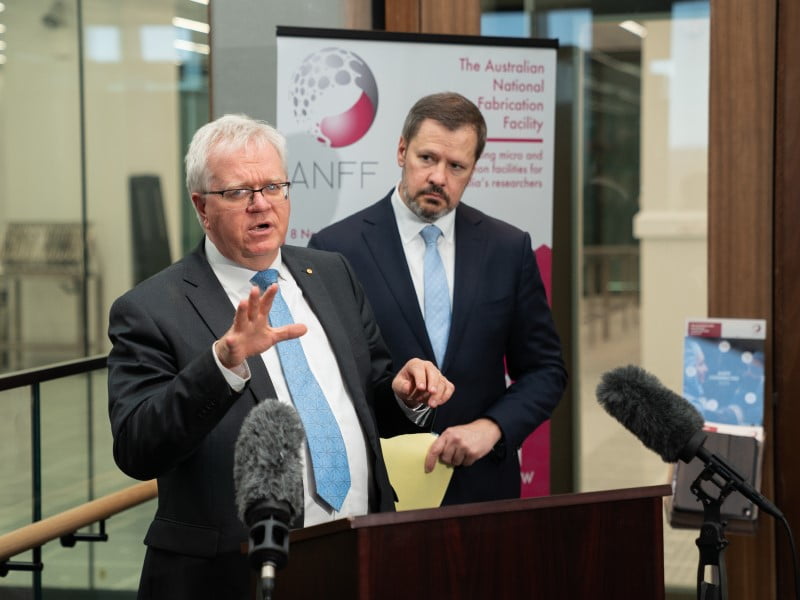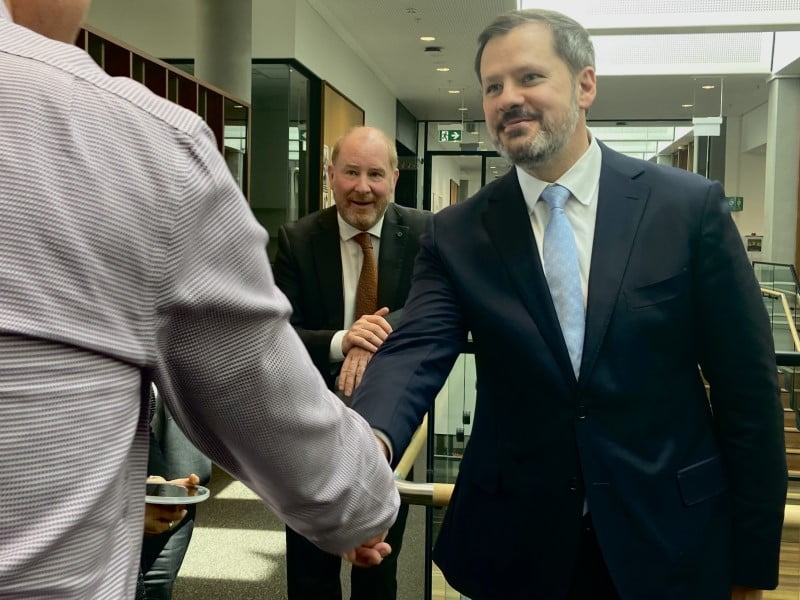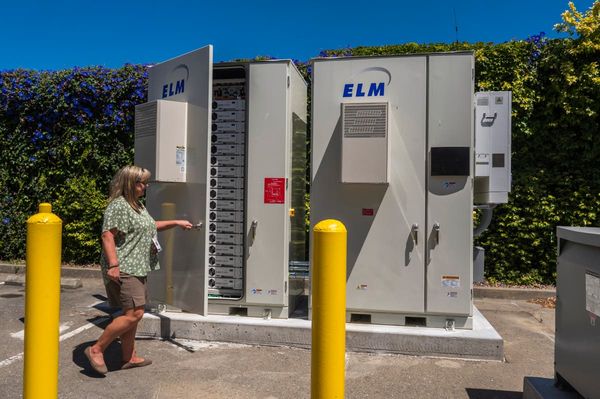Industry and science minister Ed Husic has urged his federal colleagues to coordinate research and development programs more closely across portfolios to improve the effectiveness of delivering government industry development priorities.
Speaking on Thursday, he also highlighted the need to increase engagement between the scientific research ecosystem and small and medium Australian enterprises to improve commercialisation outcomes.
In response to questions from InnovationAus.com, Mr Husic said that a big challenge for research and development (R&D) programs is that its “disparate, it’s spread across government” and that “there’s something to be said about bringing all that together so we get the maximum bang for our buck”.
“That’s not necessarily a criticism, I think that’s just the way that things turn out. Departments will come up with an idea or an area they need to work on and go off, they’ll charge ahead, often very keen to see results,” Mr Husic said.
Experts have mapped various government innovation programs, finding them to be “generally sub-scale” and “spread haphazardly” across 13 government departments and 150 separate budget line items at the Commonwealth level.

Mr Husic held a press conference at the Australian National University (ANU) node of the Australian National Fabrication Facility to speak about the recent federal commitment of $650 million through the National Collaborative Research Infrastructure Strategy (NCRIS) to support 80 research infrastructure projects across 25 lead agencies.
The funding comes from of a $4 billion allocation to NCRIS originally made under the former Coalition government for the period between 2018 and 2029.
Mr Husic said that the investment wiould drive collaboration across a network of research infrastructure “joined-up from the lab bench to the factory floor”.
“We’re in a race with other countries who are thinking deeply post-pandemic about how we improve the type of products that we make,” he said.
As an example of cross-portfolio collaboration, Mr Husic flagged his work with Education minister Jason Clare to ensure the recent award of NCRIS funding, which sits in the Department of Education’s budget, was aligned with Industry portfolio priorities set out for the National Reconstruction Fund (NRF).
Similarly, some of the research programs administered through the Australian Research Council, also within the Education department, line up with NRF priorities.
Mr Husic said maximising the return on government R&D investment “does require ministers to work closely together in joining-up stuff, and within my portfolio it’s a really big focus as well”.
According to the latest science, research and innovation budget tables published by the Department of Industry, Science, and Resources at the end of April, the Commonwealth spend on R&D programs was expected to reach its lowest point as a proportion of GDP in financial year 2022-23.
This totalled $12.1 billion, of which the Research and Development Tax Incentive was the single biggest program, worth $3.2 billion. It is jointly administered by Industry Innovation and Science Australia and the Australian Taxation Office. Direct support for Australia’s national research agencies CSIRO and ANSTO is worth a collective $9 billion.
Mr Husic also flagged the need to ensure that researchers and scientists are communicating with businesses to ensure projects that “might sound well in a lab environment … actually then make that leap into a product that can be easily made”.
“We need to do much more than lifting R&D investment,” Mr Husic said. “And that won’t necessarily all be carried by big firms, we need to have SMEs involved in that.
“I have, for instance, begun discussions with CSIRO and asked them in their corporate plan to think a lot more about how to work with small and medium enterprises on sorting out the commercialisation puzzle, and how they can engage our small and medium enterprises in that.
“If we can get small and medium Australian enterprises working with science and researchers, that gives an even bigger chance to lift the R&D investments, but importantly produce the products that will make a difference, not only in this country but potentially the globe.”
The Victorian Chamber of Commerce and Industry previously called on the federal government to establish a “matchmaker” service to connect SMEs with research institutions. Some industry bodies already provide a similar service at a state or sector-specific level.
A national digital tool called Expert Connect developed by CSIRO’s Data61, which sought to collate profiles of researchers in Australia in a searchable register intended to facilitate collaboration between industry and researchers, is now defunct.
Through NCRIS, Mr Husic said there would be potential opportunities to open up university research infrastructure assets to SMEs and startups.

Outgoing ANU vice-chancellor Professor Brian Schmidt said that lead agencies of NCRIS-funded research facilities are highly incentivised to make it easily accessible to researchers from a range of disciplinary backgrounds, as well as businesses of all sizes.
“I actually think the design of the current system is fit for purpose. The NCRIS facilities, and I’ve been involved in several of them, regularly talk to each other to make sure there’s no one missing out on something they should be doing,” Professor Schmidt said.
“There’s a lot of work done within each NCRIS facility to ensure that those companies or research groups who benefit from the facility have access to it. It’s a really strong program that includes all the people who need the facilities in Australia, that’s the strength of it.”
As Australia strives to boost its R&D base, Prime Minister Anthony Albanese announced that innovation would feature as the fourth pillar of focus in the alliance with the United States, committing to a deepening of collaboration on advanced capabilities.
Touching on the memorandum of understanding signed between ANU and the Los Alamos National Lab on nuclear science collaborations, Professor Schmidt said the agreement was facilitated through the federal government and was several months in the making, emerging from the demands of the AUKUS nuclear submarine program.
The agreement is expected to include research collaborations in a broad range of fields including medicine and health, environmental protection, safer mining, and quantum computing. However, it will not include work on nuclear energy.
“Ultimately science is [about] relationships, relationships between individuals and institutions. Australia has a very small nuclear footprint right now. We have [the Heavy Ion Accelerator Facility] and ANSTO are the two places that have [nuclear] facilities,” Professor Schmidt said.
“By working with Los Alamos, which has more experience in nuclear that exceeds anything that Australia has, we can go through and take pieces of [world-leading Australian] expertise and add that to the US capability, but the in return, we’re going to be getting a whole bunch of US capabilities back, in terms of their knowledge.”
Through the latest NCRIS announcement, the ANU received nearly $13.5 million to support its heavy ion accelerators, while ANSTO received just under $10.7 million for its nuclear science facilities.







